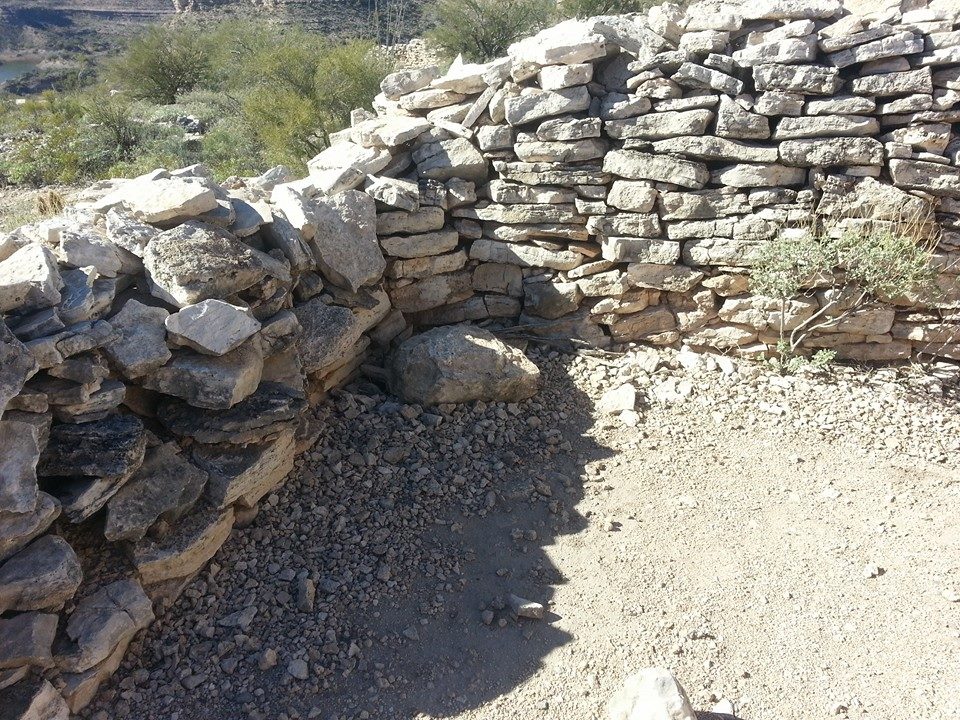
Exactly what happened to it after that, however, is a mystery. The sprawling civilization of the canal-building Huhugam-the Pima name for their ancestors, meaning “our people who have come before”-reached its pinnacle in the 15th century. For centuries her ancestors practiced irrigated agriculture across this vast desert, digging hundreds of miles of canals that routed water from the Gila and Salt rivers onto planted fields of maize, beans and squash, the “three sisters” that fed a huge swath of prehistoric America. Ancient because Camille is a member of the Akimel O’odham, or River People, also called Pima. Modern because the arrow-straight canal, lined with concrete and designed with turnouts that divert water to flood the field, is the last leg of a state-of-the-art irrigation system here on the Gila River Indian Community, an Indian reservation in southern Arizona. This desert tableau is at once modern and ancient. They’re among dozens of new growers in the last 15 years. The Cabello family guards a channel on their plot with a pitchfork, lest tumbleweeds clog the canal. “If we don’t get them out of there it will clog the canal and cause problems.” “On a windy day like this we have to stay out here,” Camille says, a dust devil spiraling skyward in the distance behind her. As the tumbleweeds roll into the water, he fishes them out.


Not far away, her husband, Cimarron, his head covered in a western hat, guards the stream with a pitchfork. Water spills over the canal’s side, glistening in the brilliant Arizona sun. Cradling her 4-year-old son, Cowboy, Camille Cabello watches tumbleweeds blow across an emerald green field of newly sprouted alfalfa toward a small canal.


 0 kommentar(er)
0 kommentar(er)
